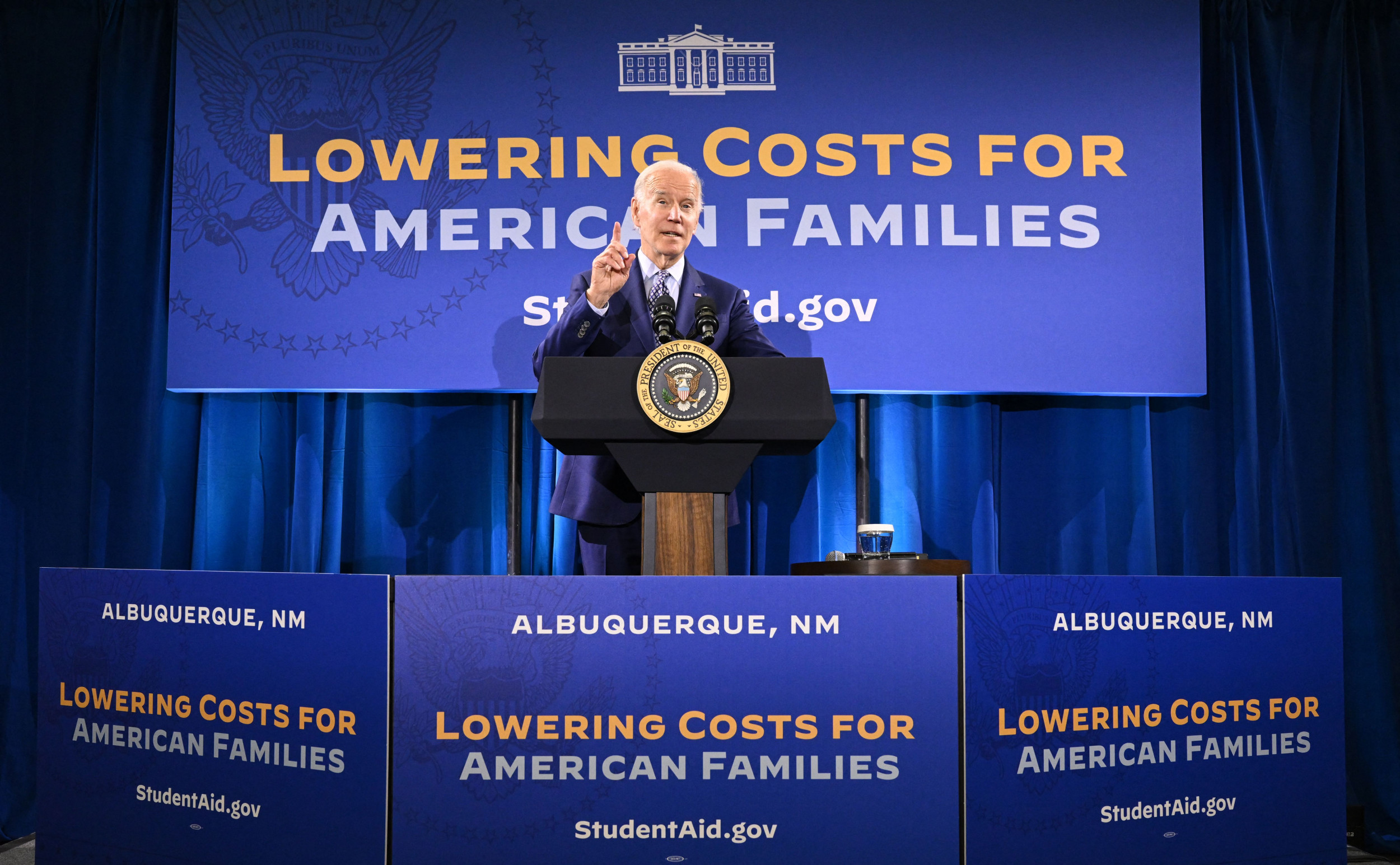South Carolina saw the greatest increase in population due to domestic migration, while Hawaii's population shrank the most, the U.S. Census Bureau's most recent interstate migration estimates show.
Newsweek has contacted the press office of the U.S. Census Bureau via email for comment on the data.
Why It Matters
According to the think tank Tax Foundation, a driving factor behind state-to-state migration between July 1, 2023, and June 30, 2024, was down to tax, where states with lower taxes generally saw an increase in population while some states with higher taxes saw their population decrease.
What To Know
For the second consecutive year, South Carolina had the greatest population growth, which was 1.26 percent.
Idaho, Delaware, North Carolina and Tennessee also saw significant increases in their population in the time period between July 1, 2023, and June 30, 2024.
Meanwhile, Hawaii's population decreased the most by 0.65 percent. The previous year, New York had been the state that saw its population decrease the most, but in the U.S. Census Bureau's latest data, its population change was just less than that of Hawaii.
New York and California both lost a similar proportion of their population, at 0.61 percent. Alaska and Illinois were also states that saw their population decrease significantly.
The patterns of migration in 2024 could be partially linked to how high taxes were in different states, according to the tax think tank Tax Foundation, which reported that many Americans chose to move to low-tax states over high-tax ones.
Per the think tank, 18 of the 26 states whose overall state and local tax burdens per capita were below the national average saw their population increase.
In addition, 17 of the 25 states with tax burdens per capita at or above the national average saw their population decrease, as did the country's capital, Washington, D.C.
The three states that saw the greatest population decrease also voted for Vice President Kamala Harris in the U.S. Presidential Election in November 2024, and are known to be expensive places to live.
Tax Foundation also reported that Americans cited job opportunities, cost of living, family reasons, or lifestyle reasons as other motives for moving from one state to another.
Additionally, as there has been an increase in remote and hybrid working, more Americans are now choosing to live in the state of their preference despite working elsewhere, the think tank added.
This shift has reportedly prompted states to reduce their tax rates and improve tax structures to attract and retain individuals and employers, Tax Foundation reported.
What People Are Saying
Katherine Loughead, a Senior Policy Analyst & Research Manager with the Center for State Tax Policy at the Tax Foundation, wrote: "While taxes are far from the only factor affecting the cost of living or the job opportunities available in a state, they are an important factor, and they are one that is directly within policymakers' control."
What's Next
Overall, the population of the U.S. only increased by 0.5 percent in 2024, according to the U.S. Census Bureau, meaning the "national population growth is still historically low," and 2025 is not expected to be much different, experts have said.





















 English (US) ·
English (US) ·